Cantankerously Yours
Evolution of a Curmudgeon
By Wendell Abern
Dear Curious,
Later this month, I will be 80 years old.
I mentioned this to a friend last week, and he said, “Have you always been as grouchy as you are today?”
Good question. Like many of the traits we all exhibit in maturity, my crankiness had its roots in my youth. In fact, I can pinpoint it to one event. And one person. Connie Berman.
I was eleven years old, and had lived in Chicago for three weeks when I was invited to my first boy-girl party.
I asked Frank, the one friend I’d made, if he were going. When he assured me he was, I asked, “But why would they invite me? I hardly know anyone.”
“They needed another guy, and everyone knows Connie has a big crush on you. Besides, they had six girls and only five guys. They had to make it even because we’re going to play kissing games.”
“We’re going to do what?”
I had been born in Bismarck, North Dakota. I had grown up in little towns all over the Midwest and had no idea what a kissing game was, or how it was played, and until that time had thought of girls as kind of — well — soft boys. What did this mean? And why did everybody know everything, and all I knew were multiplication tables and Greek mythology?
The party took place at the Sunday afternoon following my talk with Frank. After presents had been opened and sandwiches and cake eaten, Sidney announced, “Okay, we’re going to play Post Office now.”
“What’s that?” I asked Frank.
“Guy says he wants to give a one-cent stamp to a girl. Names her. They go in the other room for one kiss. Then the guy comes out and announces who the girl wants and for how many stamps, and they kiss that many times. And it just goes on, boy-girl, boy-girl, like that.”
Connie, the hostess, selected Sidney to go first.
(Four years later, Connie told me how she had planned the whole game. She told Sidney to announce the game and go first and call for Janet. Then Janet would call for Bob, Bob for Connie, and Connie for me.)
The kissing took place in the parents’ bedroom. When Bob emerged after his pre-planned one-cent kiss with Connie, he announced that Connie had specified an air-mail stamp for me. An air mail stamp in those days cost three cents. Three kisses! Everyone hooted and hollered.
I walked in, shut the bedroom door, and with no hesitation Connie walked up, threw her arms around me and kissed me.
“That’s not how you kiss,” she said.
“It’s not?”
“No. Don’t you ever see movies? You kiss like this.”
And with that, she flang herself at me again, wrapped her arms around my neck and plastered herself against me. When she let go, and while my hair was still curling all by itself, she said, “That’s better.”
“It was?”
She giggled. “This time,” she said, “we’re going to open our mouths and touch tongues.”
“We’re going to do what?”
Instead of answering, she threw herself at me again, and during the kiss opened her mouth, forcing mine to open too.
“Did you like that?” she asked.
“Um … um …”
“Let’s do it again.”
“But … but … we’ve already kissed three times. Isn’t that against the rules?”
“The rules?” She laughed. “You think everyone plays according to the rules? Bob and Janet were in here for five minutes for two kisses. You think they were playing according to the rules?”
“Yeah. They were here for a long time.”
She laughed and kissed me again. And again. After a few minutes, she said, “Okay, I’m going to go out and say you asked for Jennifer. A one-cent stamp. One kiss only! And I mean it! Then Jennifer’s going to ask for Ralph, Ralph will ask for me, and I’ll ask for you again.”
“But — but is that fair? I mean, what about Anita? No one has — “
“Will you stop with the ‘fair’ business already?” Then she kissed me again and said, “Hey, you’re getting good at this.”
“Okay,” I said, “but … but look, you can’t tell anyone about … about, you know, the tongues.”
“I won’t. I promise.”
“No one can know about the tongues, Connie.”
“No one will know,” she said as she left. I heard her announce that I wanted Jennifer for a one-cent stamp. She accompanied Jennifer to the bedroom and I heard her whisper, “One kiss, Jen. One. Mouths closed. And that’s it.”
I kissed Jennifer once, went out to the living room and sent in Ralph for an air mail job. Jennifer had asked for only a one-cent stamp, but by this time I had decided if everyone else could make up their own rules, so could I. Ralph thanked me for it later.
The next morning, I walked to school, still trying to sort out yesterday’s events. Ralph, Sidney and Bob were waiting for me. They saw me, laughed, and went into a routine they had obviously rehearsed. Each said a line:
“Look, up in the sky …”
“It’s a bird … it’s a plane …”
“No, it’s Supertongue!”
“Very funny,” I said. And I was not pleased. The nickname stuck with me all through high school.
* * *
Consider the valuable lessons I learned at that party : no one can keep a secret; no one plays by the rules, and if you can gerrymander a game of Post Office, you can rig anything.
To this day, I consider that experience the birth of my crankiness. Over the following 69 years, life happened, and I just naturally evolved into the irascible curmudgeon I am today.
Cantankerously Yours,
Wendell Abern
Wendell Abern can be reached at dendyabern@comcast.net.


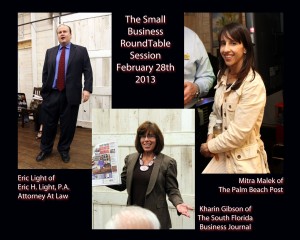



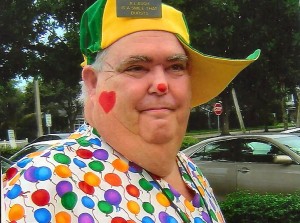



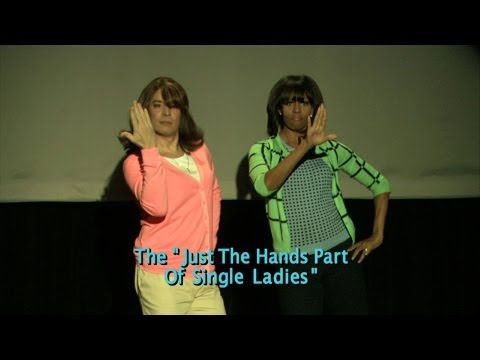



 shed,” he says. Bella fits the textbook description of the Havanese breed: playful, gentle, people-friendly, with a joyful disposition. She does growl and bark at strange noises outside, but isn’t “yappy,” he says.
shed,” he says. Bella fits the textbook description of the Havanese breed: playful, gentle, people-friendly, with a joyful disposition. She does growl and bark at strange noises outside, but isn’t “yappy,” he says.
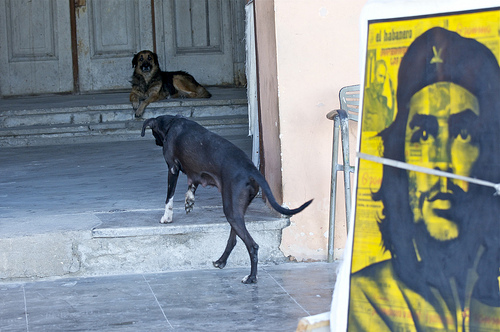
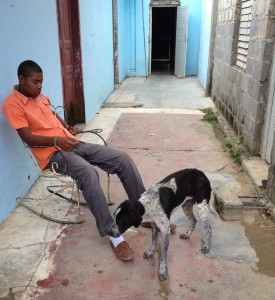
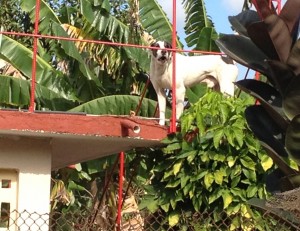
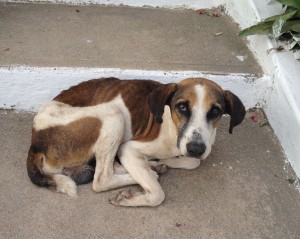




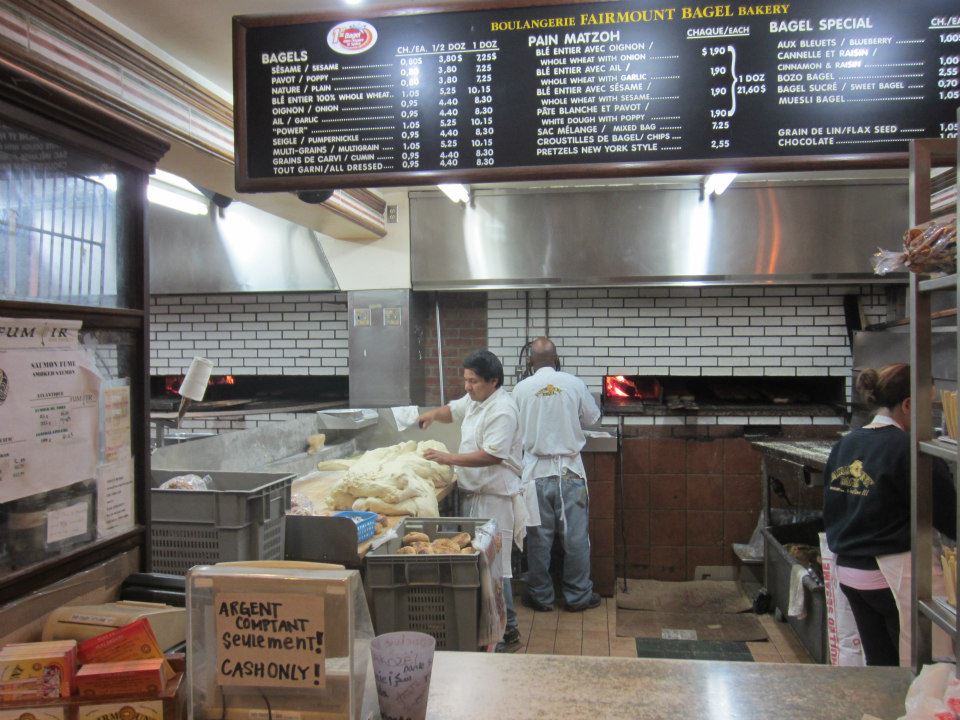 “Dance is an important part of our culture, we love to eat, we are into biking and we will give you a kiss on each cheek after meeting you,” Ruby explained.
“Dance is an important part of our culture, we love to eat, we are into biking and we will give you a kiss on each cheek after meeting you,” Ruby explained.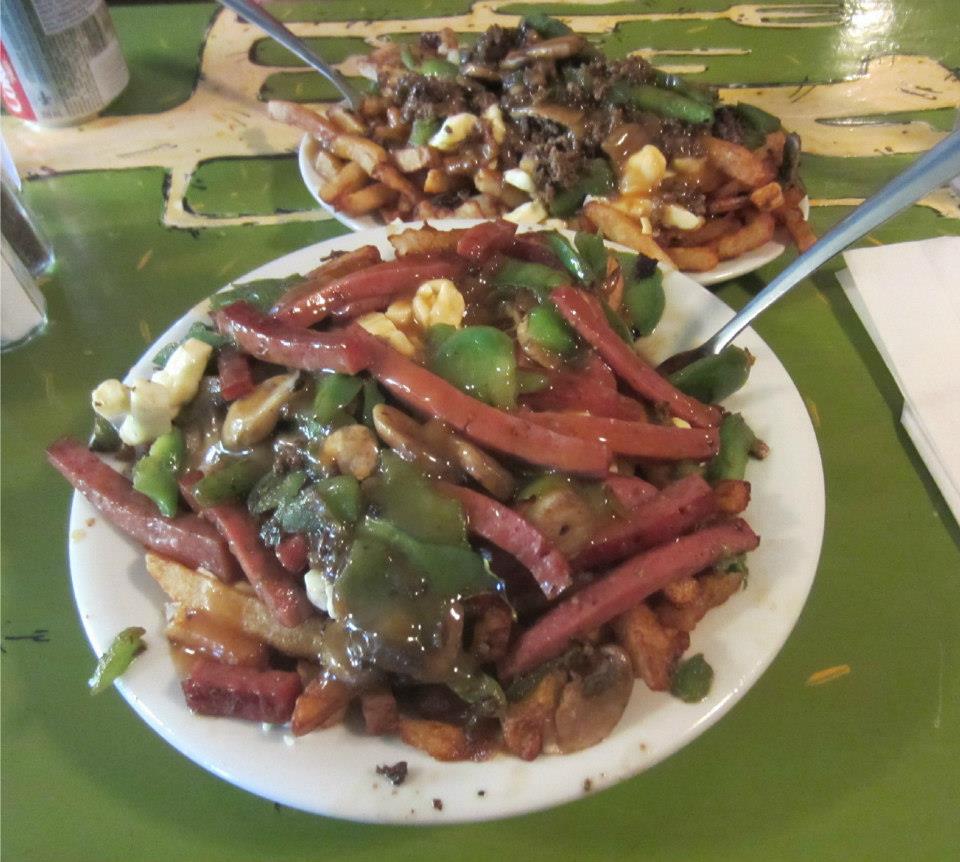 a plate of poutines 24 hours a day making this Mont-Royal neighborhood restaurant, a must-taste experience.
a plate of poutines 24 hours a day making this Mont-Royal neighborhood restaurant, a must-taste experience. city.
city. Designed by Frederck Law Olmsted, the architect for New York’s Central Park, Mont Royal Park is a forest within the city.
Designed by Frederck Law Olmsted, the architect for New York’s Central Park, Mont Royal Park is a forest within the city.